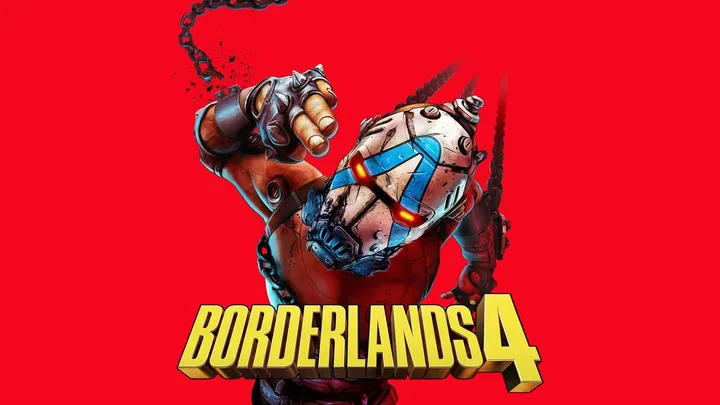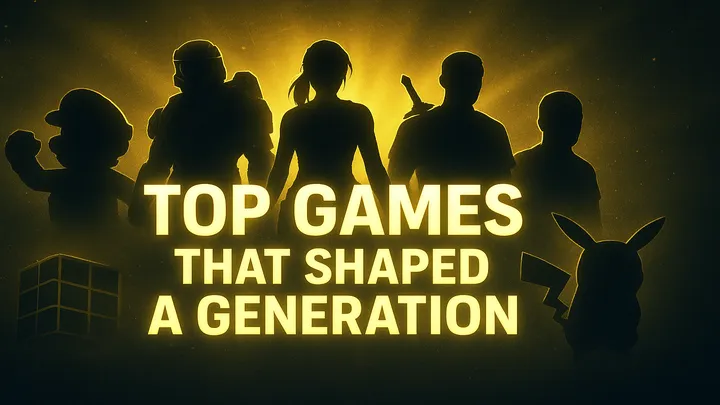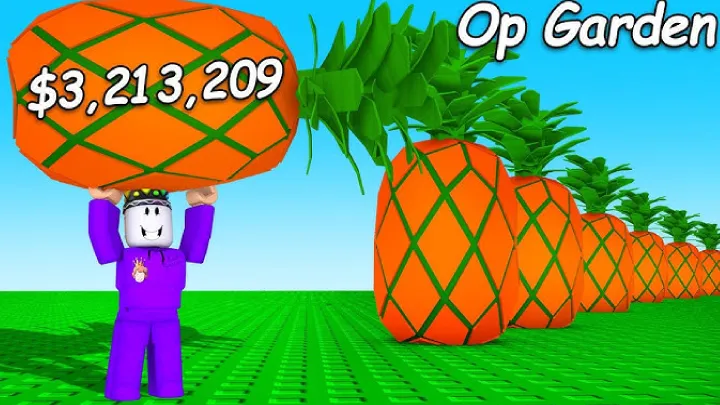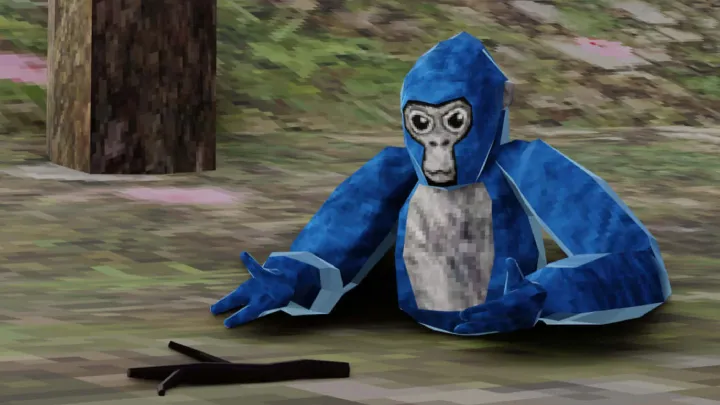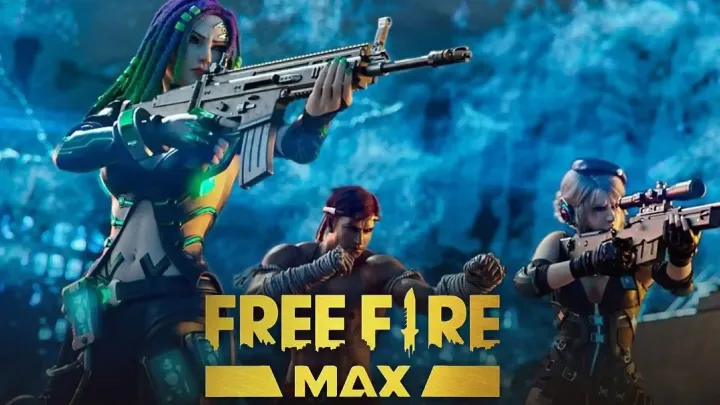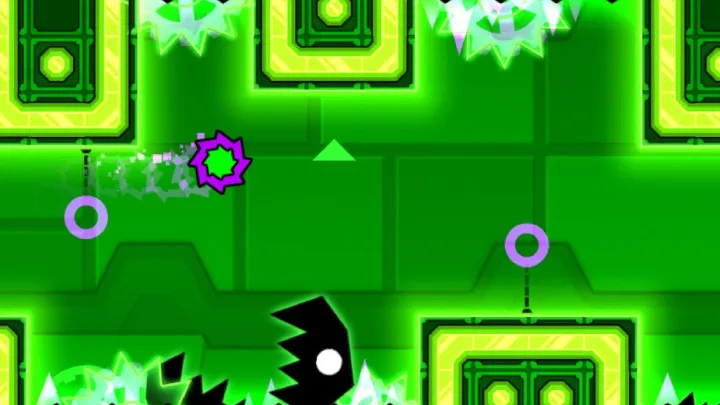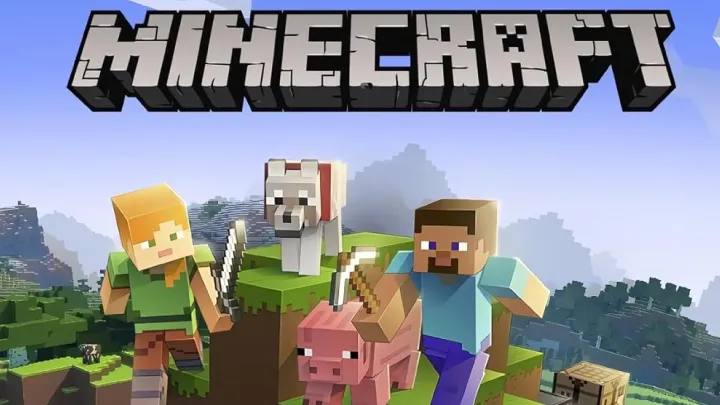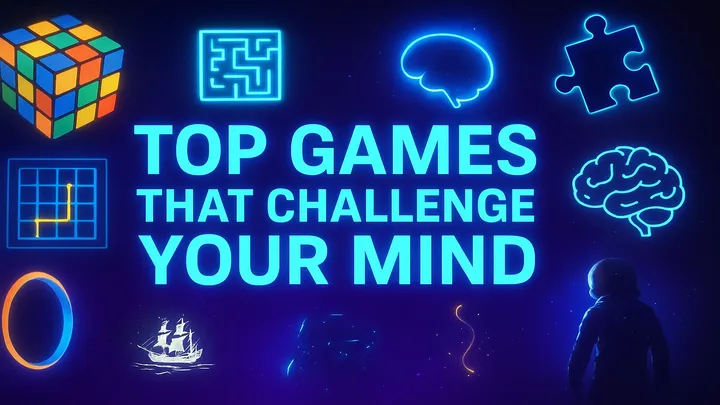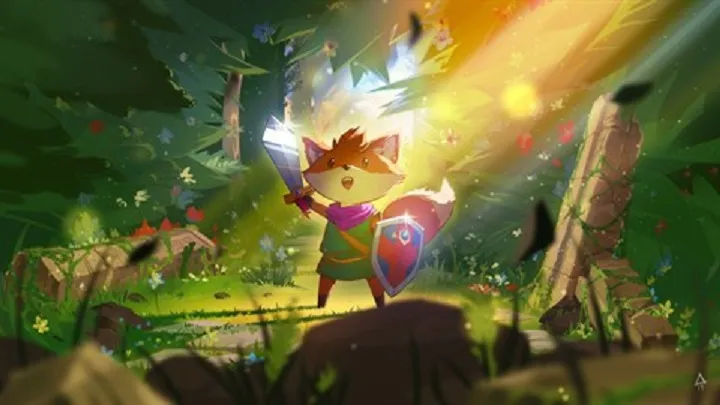In the vast and ever-expanding landscape of virtual reality, few games have captured the essence of pure, unadulterated play quite like Gorilla Tag. On the surface, it is a deceptively simple game: a virtual game of tag played as a gorilla. Yet, beneath this seemingly straightforward premise lies a world of intricate physics, complex locomotion, and a fiercely competitive meta-game. While a novice might flail their arms with reckless abandon, a true master of the jungle moves with the grace of a seasoned parkour athlete, their every push and pull a testament to a deep understanding of the game’s core mechanics. This guide is your definitive blueprint for transcending the chaotic movements of a beginner and ascending to the realm of true mastery. We will dissect the nuanced physics, the advanced strategies, and the mental fortitude required to become an apex predator in the digital canopy.
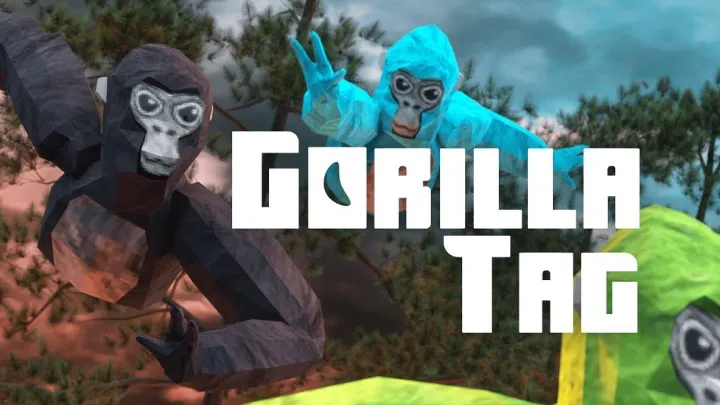
Part 1: The Physics of Fluid Locomotion
The single most important skill in Gorilla Tag is movement. It is the foundation upon which all other strategies are built. To master the game, you must first master the art of moving like a gorilla, which is less about brute force and more about subtle, precise pushes.
1. The Push-and-Glide Technique:
The fundamental "running" motion is not what beginners think it is. You don't push forward. You push backward. The motion is a smooth, continuous series of backward and slightly inward pushes against the ground. Your hands should glide just above the floor, almost as if you are "scooting" yourself forward. The key is to avoid vertical movement and focus all your energy on horizontal propulsion. A master’s arms move rhythmically, their body low to the ground, allowing for a sustained, high-speed glide that is both silent and efficient. This technique conserves stamina and allows you to cover vast distances without becoming a flailing target.
2. Mastering Verticality:
The game’s verticality is its true differentiator. An expert player understands that vertical movement is less about grabbing and more about a single, powerful push. To climb, you don’t pull yourself up hand over hand. Instead, you plant your hands on the trunk of a tree or a wall and push straight down with a powerful, controlled motion. This propels you upward with surprising speed. The real art is in the timing of the next push. As you reach the apex of your jump, you quickly grab and push again, smoothly transitioning from one jump to the next. This is how you "pop-climb" trees and scale walls in a matter of seconds, leaving ground-based opponents far behind.
3. The Art of Wall Climbing and Running:
Wall climbing is a signature move of an advanced player. There are two primary techniques:
- The “V-Climb” (or Sideways Climb): This is for tight corners. Place your hands on opposite walls, facing inward. Push outward and slightly up with both hands, catching yourself on the opposite wall. The motion is a rapid, rhythmic push-push-push, with each push propelling you higher up the corner. The key is to find the perfect angle and push with just the right amount of force to maintain your momentum.
- The “Wall-Sliding” (or Running): This is for covering horizontal distance along a single wall. Place one hand on the wall, angled slightly outward. Push backward and slightly up, as if you are "skating" along the wall. The physics allow you a brief moment of adhesion to the wall. The expert knows to quickly pull off the wall and hit it again with their other hand, creating a rapid, zigzagging motion that allows them to "run" horizontally up a wall. It is a stunning display of skill that is almost impossible to counter without a deep understanding of the same technique.
Part 2: Advanced Evasion and Pursuit Strategies
Movement is the tool, but strategy is the blueprint. A master knows how to use their movement to their advantage, both when they are being chased and when they are on the hunt.
1. The Ghosting Juke:
A beginner runs in a straight line. An expert "jukes," using small, deceptive movements to throw off a pursuer. A ghosting juke is a subtle, unexpected drop. You will be running at full speed and then, without warning, you simply let go of a wall or branch, plummeting to the ground. Your pursuer, expecting you to continue your path, will overshoot, giving you a crucial moment to escape or even turn the tables. Other jukes involve sudden pivots around trees or fake-outs where you push off a wall in one direction and immediately push back in the opposite direction.
2. Strategic Pathing and Routes:
An expert doesn’t just run; they have a plan. They have memorized the geometry of each map and have pre-planned escape routes. They know which branches connect to which walls, and which tunnels lead to the most advantageous positions. When a pursuer appears, they instantly execute a pre-determined route that takes them through a series of difficult-to-navigate obstacles, such as tight corridors or high-up branches. They know that a well-chosen route can neutralize a faster or more skilled opponent.
3. The Art of the Ambush:
Being the tagger is an exercise in patience and deception. A beginner will chase frantically. A master will "herd" their prey. They will not chase directly, but will instead guide their opponent into a corner or a confined space. They will use their superior movement to block off escape routes, forcing the opponent to make a mistake. The ambush is not about speed; it's about waiting. A master will hide in a dark corner or a high tree, waiting for the perfect moment to drop down and make the tag.
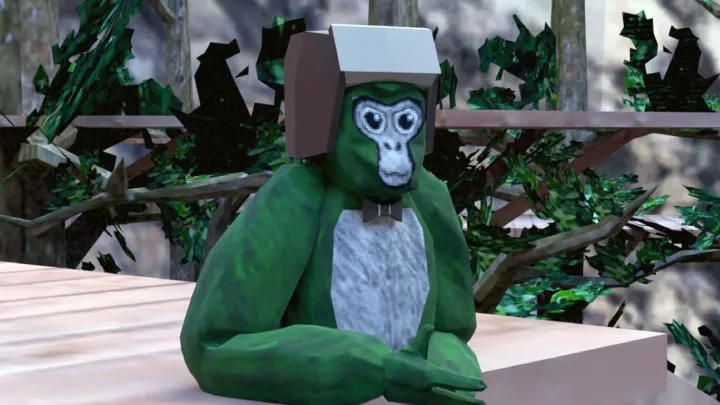
Part 3: The Psychology of the Jungle
The physical skills are nothing without the right mindset. In Gorilla Tag, the mental game is what truly separates the skilled from the elite.
1. Reading Your Opponent:
An expert watches their opponents’ movements. They can tell a beginner from a master by their flailing arms or their confident, fluid pushes. They can predict where an opponent is going to go based on their initial movements. For example, if a player starts climbing a tree, they know to anticipate a move to a high branch. They learn to read body language in VR, which gives them a critical advantage in both chasing and evading.
2. The “Lava Monkey” Mindset:
Being the "lava monkey" (the tagger) comes with a unique psychological advantage. You are the aggressor, and your opponent is on the defensive. A master embraces this role. They are relentless, they are patient, and they use the constant pressure to force their opponent into a mistake. They understand that a small slip-up from a player on the run is an opportunity to tag them.
3. Managing Frustration and Tilt:
Gorilla Tag is a game of constant failure. You will fall, you will miss a tag, and you will be outsmarted. A master understands this and does not let frustration "tilt" them. They take a deep breath, reset their mind, and start again. They learn from their mistakes. Did they fall? They analyze why: was it a bad push? Was their angle wrong? They use every failure as a learning opportunity, which allows them to improve far faster than someone who gets angry and gives up.
Part 4: The Path to Mastery
Mastery in Gorilla Tag is a continuous journey. It’s not just about one impressive jump or one perfect tag. It’s about cultivating a deep, intuitive understanding of the game's every nuance.
1. Practice, Practice, Practice:
There are no shortcuts. The only way to improve is to play. Spend time in private lobbies to practice your wall climbing and running without the pressure of a live game. Experiment with different hand placements and angles. Push yourself to try new things.
2. Find Your "Flow State":
The ultimate goal is to reach a "flow state" where your movements become subconscious. You don’t have to think about pushing or grabbing; your body just knows what to do. This is a state of total immersion where you are one with your virtual avatar, and it is in this state that the impossible becomes possible.
3. Embrace the Community:
Gorilla Tag has a vibrant and welcoming community. Play with other skilled players, join Discord servers, and watch expert players on YouTube. Learn from them, ask questions, and share your own discoveries. The community is a wealth of knowledge and a key part of the experience.
Conclusion: From Player to Primal Force
Gorilla Tag is more than a game; it is a test of physical intuition, strategic thinking, and mental fortitude. It is a world where a single, well-timed push can mean the difference between victory and defeat. By moving beyond the basics and embracing the advanced techniques, strategies, and mindset outlined in this guide, you will not only conquer the jungle but become an inseparable part of its living, breathing ecosystem. Now, go forth, and become the apex predator you were born to be.
